Rare Rides: An Utterly Pristine 1991 Chevrolet Cavalier Wagon

We featured the predecessor to General Motors’ J-body last week in the Pontiac Sunbird, which was replaced by the J-body J2000 in 1982. But the Cavalier was always the star of the J-body show; the one everyone thought to buy.
Today we feature an immaculate wagon from Cavalier’s second generation.
Alongside many other J-body things, the Cavalier debuted with two, three, or four doors in 1982. Body styles ran the gamut, and the front-drive Cavalier easily replaced the Monza in the hearts and minds of American consumers.
Of course, it was no surprise that after several years of sales success, General Motors introduced a second-generation J-body Cavalier. With the same 101-inch wheelbase as its predecessor, the new Cavalier was around five inches longer and equipped with more powerful engines than before.
The three-door hatchback body style was gone, replaced by coupes and convertibles with two doors, and a four-door sedan and wagon. The Cavalier’s convertible option was short-lived though. GM brass anticipated competition with the more expensive and upcoming Beretta convertible, so they canceled the Cavalier convertible after 1989. But the Beretta convertible idea was scrapped just before production, so Cavalier proceeded with fixed roofs until its next generation. The Beretta convertible appeared as an Indy 500 pace car, by the way.
Power was provided by some not very exciting four cylinders in displacements of 2.0 or 2.2 liters, alongside V6 power in 2.8- and 3.1-liter varieties. The 3.1 became an optional extra in 1990 and replaced the 2.8. Transmissions on offer were two: a five-speed manual or a three-speed auto. The automatic was standard equipment on sedan and wagon Cavaliers.
The initial increase in size was a half-step forward for Cavalier. Model years 1988 to 1990 were 178.6 inches long in sedan form. A refresh in 1991 came with a new length: 182.3 inches. The 1990 to 1994 Cavaliers were the longest ever offered. Styling was updated with a new fascia and bumpers, an updated interior, and a grille-free nose like a Taurus.
For the remainder of the second-gen Cavalier’s life, GM fiddled around with trim options here and there and added features like ABS and an optional CD player. Base engines were also improved and gained multi-point fuel injection in 1992.
1995 brought the successful third-generation Cavalier along and deleted wagon optionality. The third Cavalier remained on sale through the 2005 model year before it was mercifully killed in favor of the Cobalt. They sold a lot of third-gen Cavaliers, probably 20 billion or something.
Today’s Rare Ride is a white over blue wagon in very basic specification. The only optional extra would appear to be air conditioning. There are 27,000 miles on the odometer, and an enterprising dealer in the bustling metropolis of Grand Rapids asks $17,900.
[Images: GM]

Interested in lots of cars and their various historical contexts. Started writing articles for TTAC in late 2016, when my first posts were QOTDs. From there I started a few new series like Rare Rides, Buy/Drive/Burn, Abandoned History, and most recently Rare Rides Icons. Operating from a home base in Cincinnati, Ohio, a relative auto journalist dead zone. Many of my articles are prompted by something I'll see on social media that sparks my interest and causes me to research. Finding articles and information from the early days of the internet and beyond that covers the little details lost to time: trim packages, color and wheel choices, interior fabrics. Beyond those, I'm fascinated by automotive industry experiments, both failures and successes. Lately I've taken an interest in AI, and generating "what if" type images for car models long dead. Reincarnating a modern Toyota Paseo, Lincoln Mark IX, or Isuzu Trooper through a text prompt is fun. Fun to post them on Twitter too, and watch people overreact. To that end, the social media I use most is Twitter, @CoreyLewis86. I also contribute pieces for Forbes Wheels and Forbes Home.
More by Corey Lewis
Latest Car Reviews
Read moreLatest Product Reviews
Read moreRecent Comments
- Yuda Agreed Now if only people had enough sense to tell that the EV mandate is also hideous overreach that would be nice too
- Henry Completely agree with the unacceptable false alerts. And in addition to that, it's just one more thing that adds cost to new cars. We're all forced to pay for government mandates, whether we want them or not. For example, too many people were too lazy to check their tire pressure, so now we all have to pay for TPMS. ADAS features all cost a bundle and it's no wonder that new cars are so costly.
- Jalop1991 It would be easy to draw a direct correlation between any changes in EV demand and the sudden uptick in new or near-new Tesla vehicles which have been stored at the soon-to-be-demolished Chesterfield Mall.You misspelled "accurate".
- Jalop1991 the Honda eeny? WTF?Drugs are bad, mmmmkay?
- ToolGuy These would have sold better with a more prominent grille design.Source: BMW





















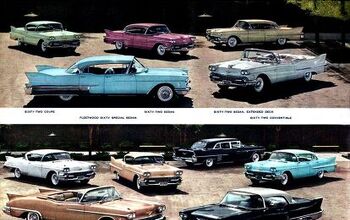
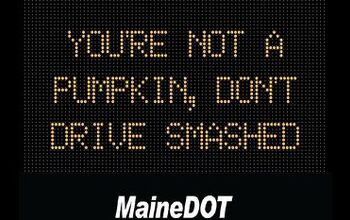


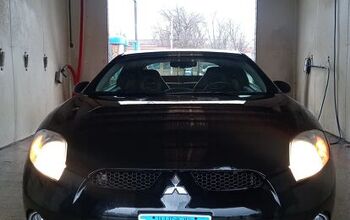
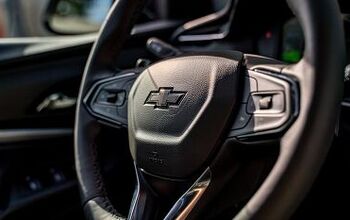
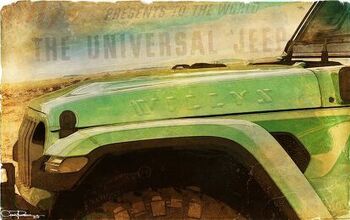
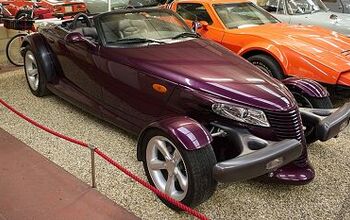
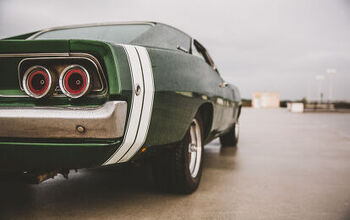
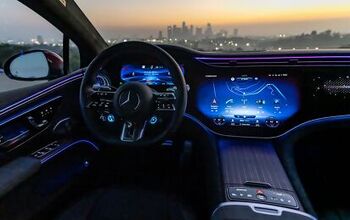

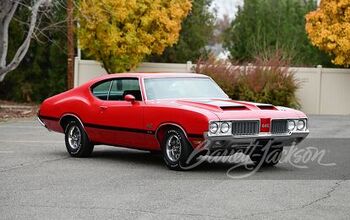
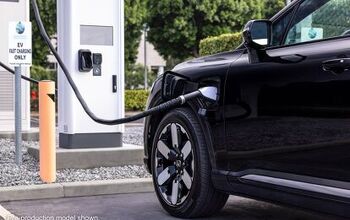



Comments
Join the conversation
Maybe a classic survivor because it just happens to still be around when most have been used up and junked decades ago. Nothing unusual or significant about this car except for the fact that someone stored this away for decades and didn't drive it. The same is true for an old fruit cake sold by Krogers in the 1940s that has been stored for decades in its original tin which was recently sold in a charitable auction. Its value is that is is a survivor that was not eaten or thrown out. Most of us wouldn't want an 80 year old fruit cake.
Production was briefly paused in 1990, but the Cavalier convertible was not discontinued altogether. It made it into every model year from the 1991 refresh into the the 3rd generation. The white convertible in your pic, based on the hub caps, is either a 92 or 93. (Also, that Sunbird name didn't stay down for long.... it was back on the convertible in 83, and the whole line in 84.)